When it comes to fashion, there’s something truly enchanting about breathing new life into old, forgotten treasures. In this blog post, I’ll embark on a creative journey, transforming an old leather jacket into a small, sophisticated handbag with expandable sides, a single handle, and a separate shoulder strap. The idea was to create an upmarket bag which suits the This Is No Disco inclusive and sustainable clothing collection. For the special occasion of getting the opportunity to expose my crafts in the Brussels house in Milan. Let’s delve into the meticulous steps that took this fashion dream from concept to reality.
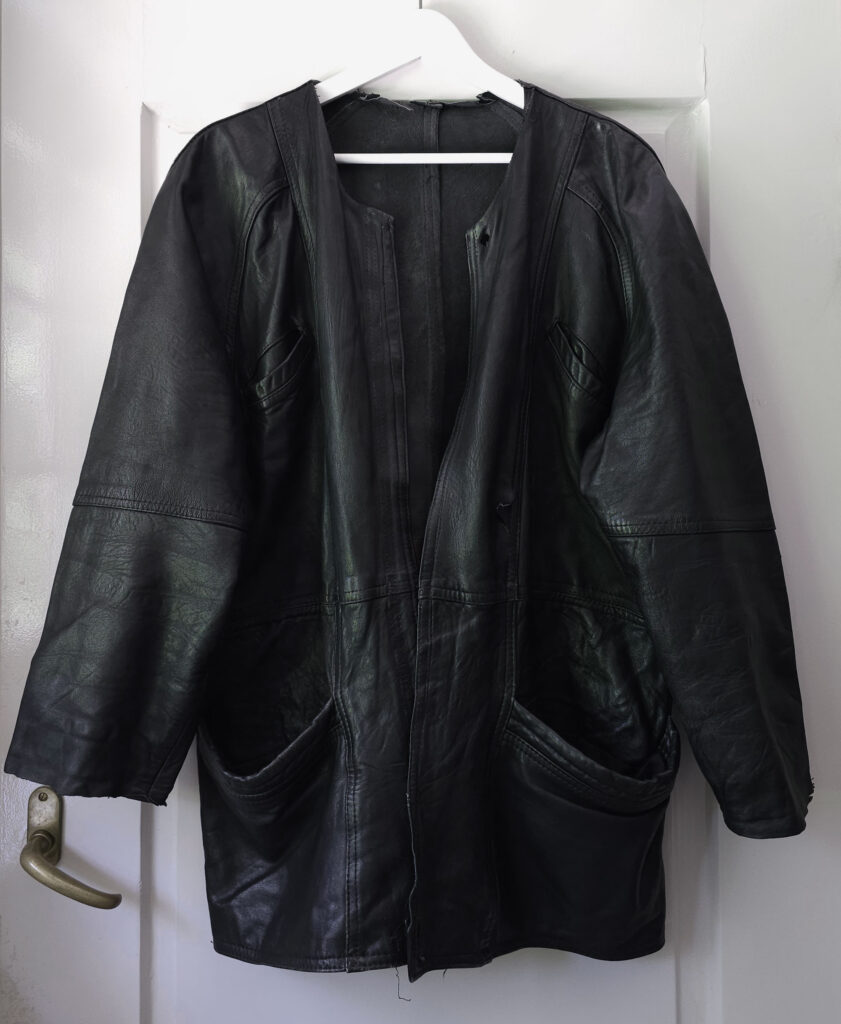
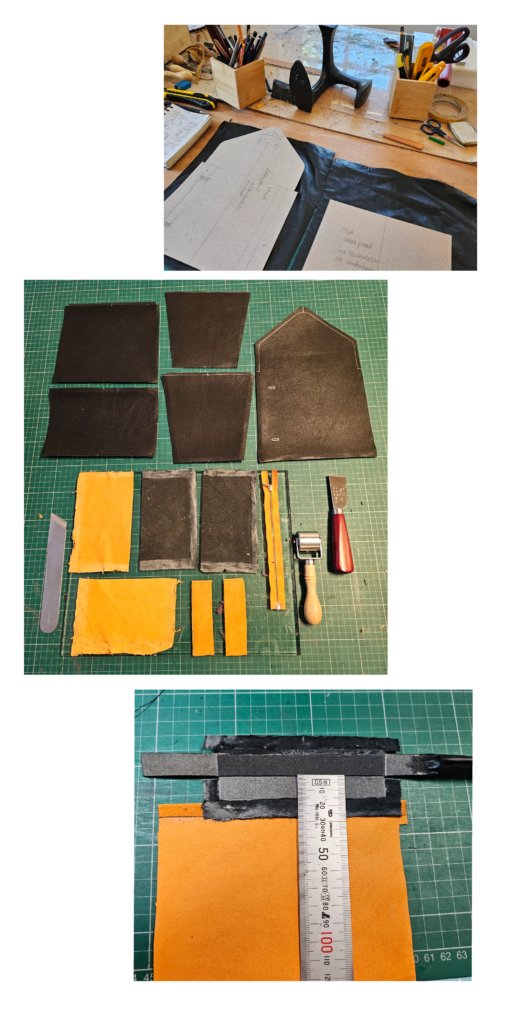
Sketching the Vision
Every great project starts with a vision. The journey of creating the “Mila” handbag began with sketches, where I visualized the design, size, and key features. It’s the blueprint for your creation, and it sets the stage for the entire process.
Crafting the Pattern
The next step involved translating those sketches into a detailed pattern. This blueprint is your guide for cutting and assembling the leather pieces. It must be precise, considering factors like size, shape, and functionality.
Choosing the Materials
For this particular creation, I carefully selected materials that would give the handbag its unique character. A black leather jacket served as the primary source material. In addition to this, I gathered reinforcing materials, matte black hardware, vibrant orange pigskin suede lining, and a small orange zipper with golden teeth for an inner pocket.
Precision Cutting
The leather cutting process requires both skill and judgment. Decisions must be made on where to cut each component, considering the size, quality, and condition of the leather. The goal is to make the most of the jacket while ensuring the parts are free from imperfections.
Reinforcement for Form and Flexibility
To maintain the bag’s structure while preserving a certain degree of flexibility, I used a sturdy but not overly rigid reinforcement material for the bag’s body. This decision ensures that the handbag retains its shape while remaining pliable.
Hand Edging
A delicate task in the creation process is hand-edging the leather edges using a Japanese edge-skiving knife. This demanding step is essential for achieving an elegant result. It refines the edges and ensures they are smooth and consistent.
Assembling Piece by Piece
Piece by piece, the handbag comes together. The edges are refined with a burnishing and polishing tool, while multiple layers of edge paint are carefully applied with sanding in between to eliminate any imperfections.
Bringing It All Together
As you assemble various pockets, handles, and intricate details, the handbag’s exterior and interior are married together. The exterior is then turned inside out, with parts partially glued and partially stitched together.
Finishing Touches
The final step involves the meticulous finishing of all edges. The leather is cleaned and molded into the desired shape, ensuring it looks pristine and ready for its grand debut.
Crafting the Shoulder Strap
The shoulder strap is thoughtfully constructed, with custom-cut reinforcements. It is meticulously sewn and finalized to perfection. Finally, it’s time to attach the strap to the bag and give it a test run.
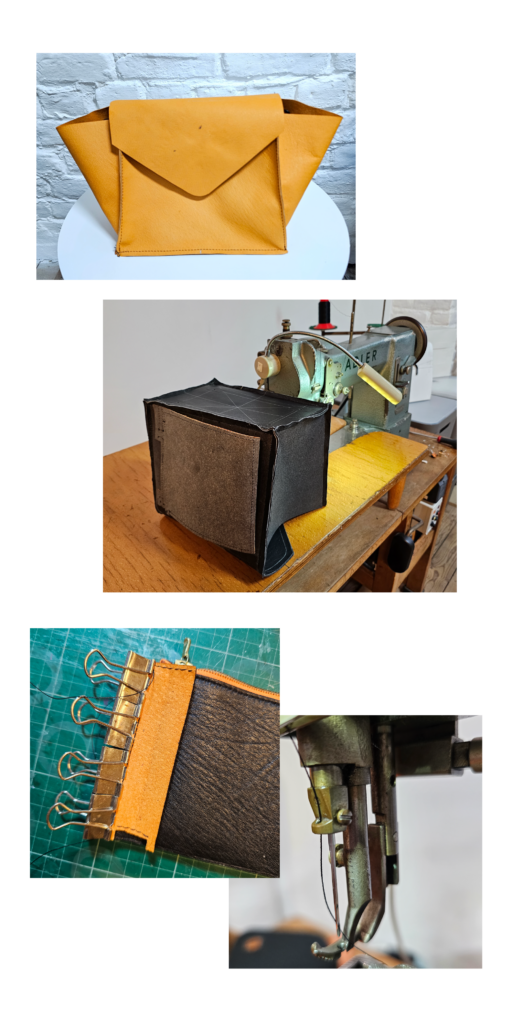
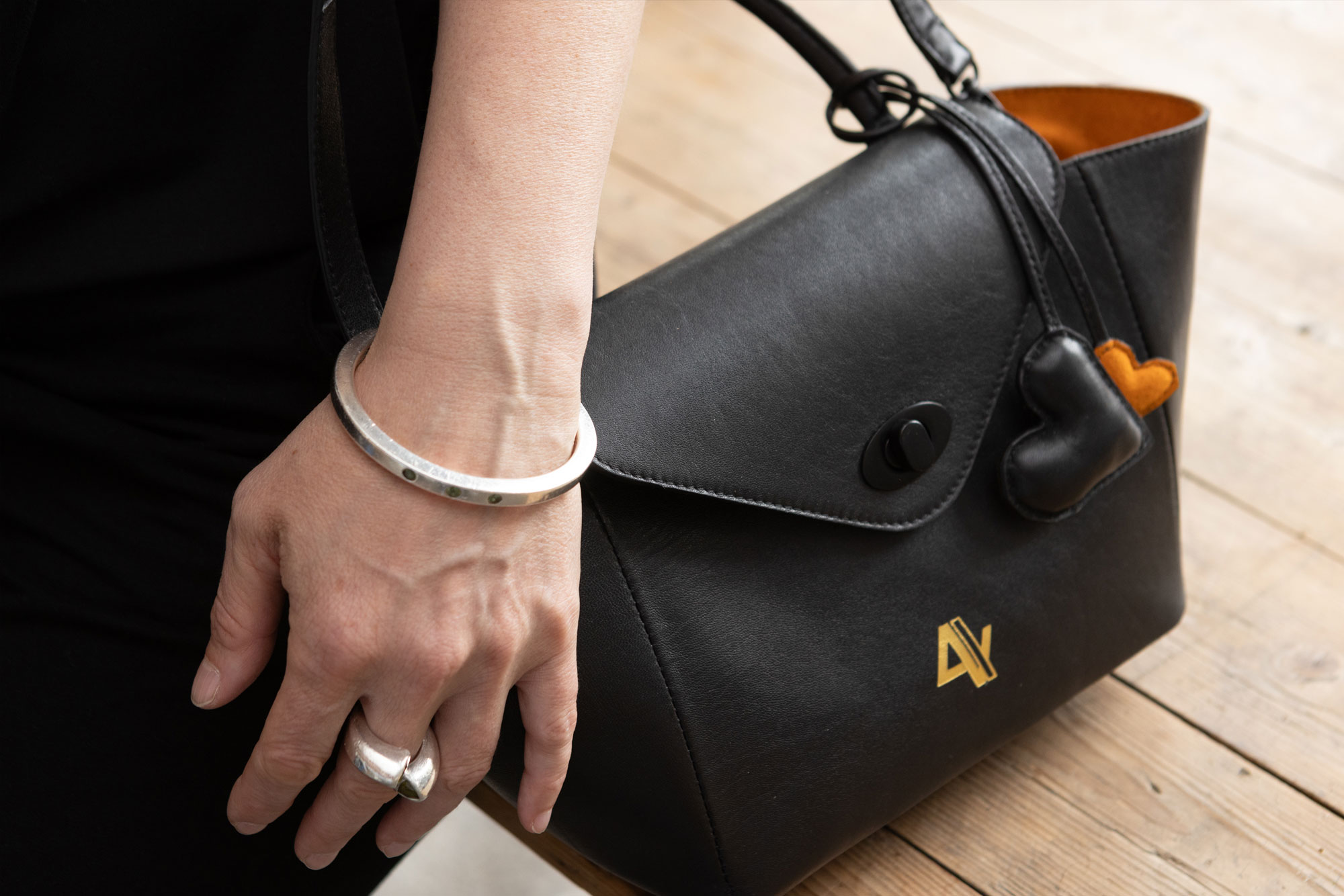
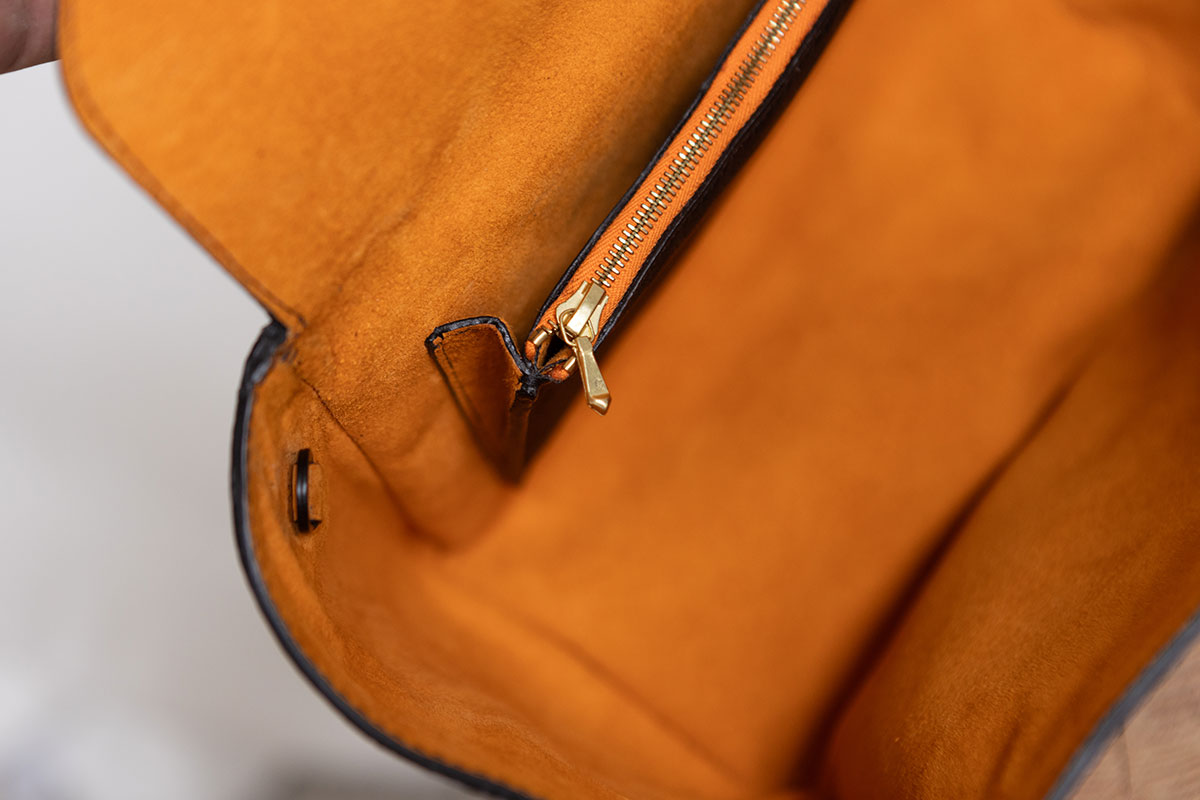
The Grand Reveal
With the handbag finally taking shape, it’s time for the grand reveal. The “Mila” handbag is a testament to creativity, resourcefulness, and skilled craftsmanship. I couldn’t be happier with the results and take immense pride in this work of art.
Creating the “Mila” handbag from an old leather jacket is not just a transformation of materials but a journey of vision and skill. It’s a beautiful reminder of the endless possibilities hidden within the old and discarded, waiting for a creative touch to bring them back to life.
